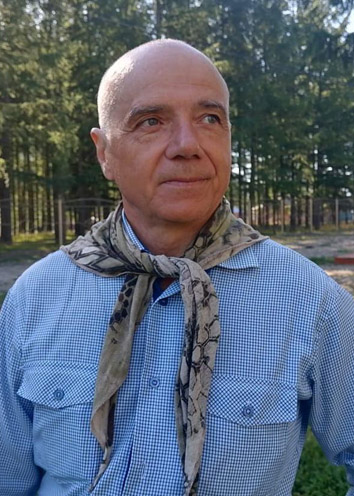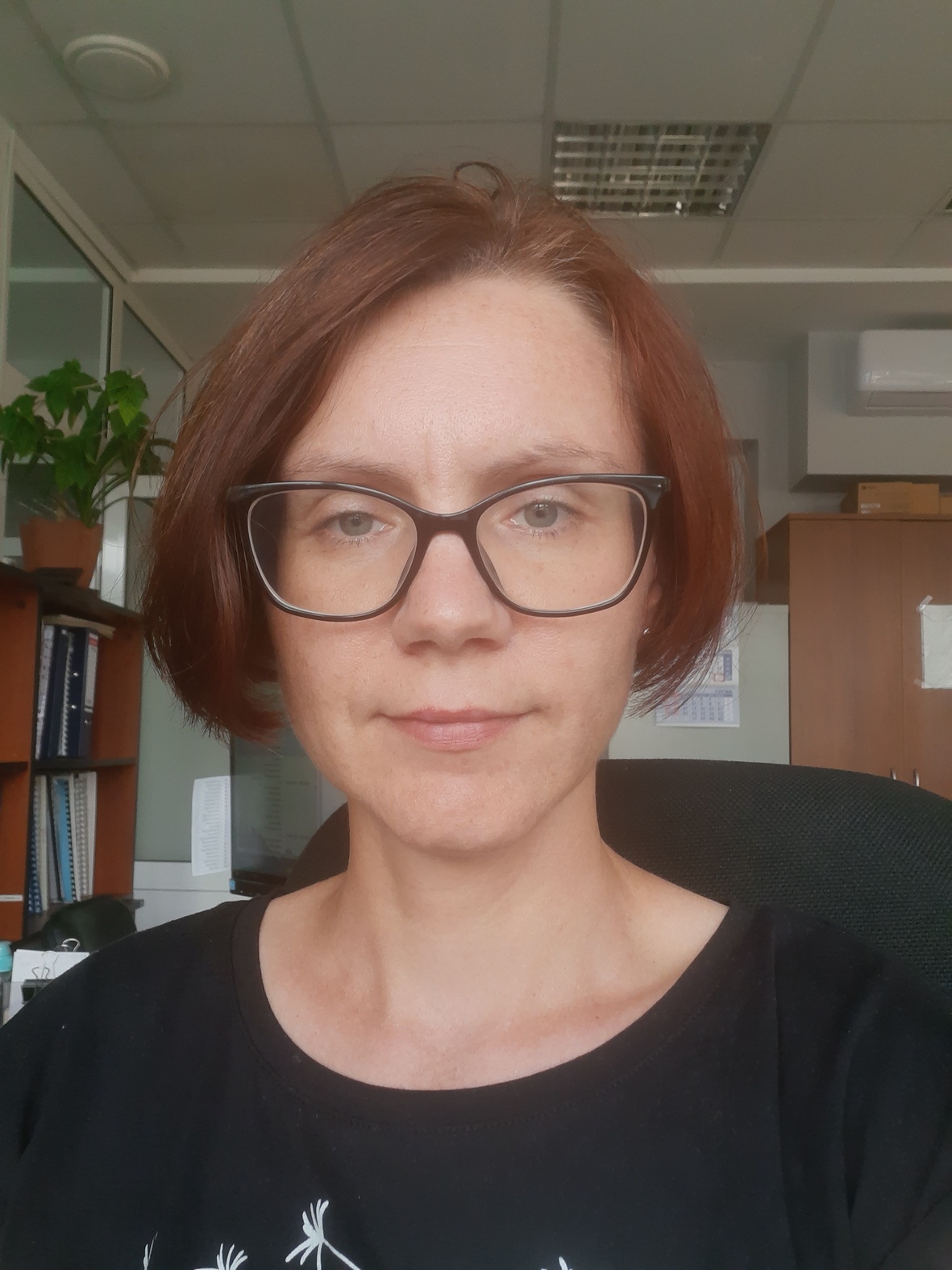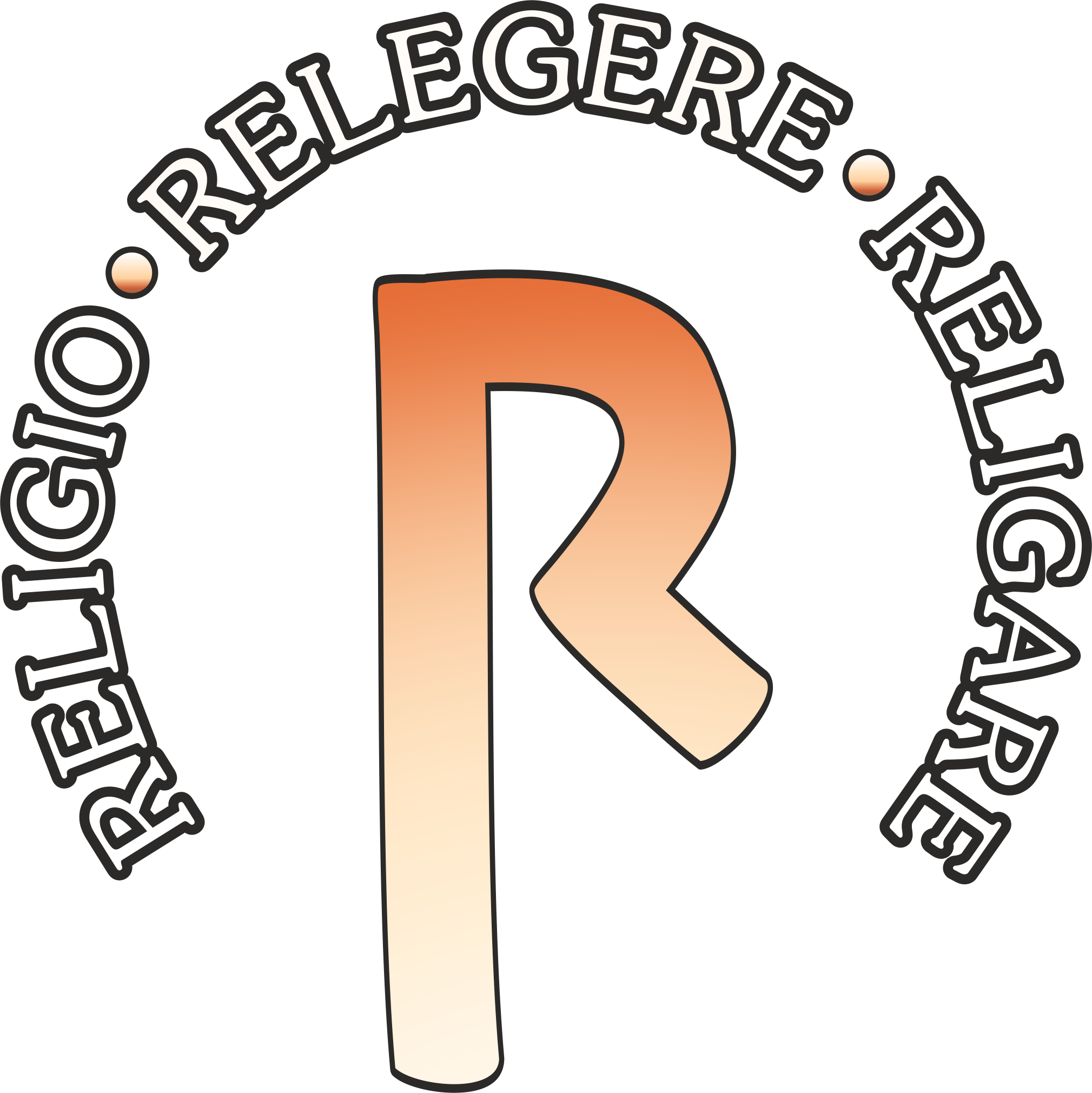In 2024, there was investigated a large burial-cult complex of the Bronze Age at the site of Yangazhin Taphar, located in the valley of the Orongoi River (tributary of the Selenga River in Western Transbaikalia). During the study of the rock paintings – a component of this cult complex, consisting of three interconnected paintings was discovered. This composition is interpreted as a reflection of a specific action which can be interpreted as decapitation. All images of the Yangazhin Taphar were created with mineral pigment – ochre. Based on the plot composition and the technique execution, the paintings belong to the group of Selenga paintings that, according to Okladnikov's classification, date back to the Bronze and Early Iron Ages and refer to the Slab Grave Culture. This fact and the presence of slab graves near the rock art considered allow us to date anthropomorphic figures from the Bronze Age despite the unusual plot of decapitation, which is uncharacteristic of Selenga paintings. In this respect, it is thought that the painting depicts a non-common or routine scene, but an activity associated with a belief system of those times. In this regard, we should assume that the drawing reflects an extraordinary event, rather than an ordinary one, and an action associated with the worldview of that time's population. The presence of such burials suggests a connection between the plot of the paintings and the cult of heads and skulls, which was known from Neolithic burials in Transbaikalia and Cisbaikal regions, including separate head (skull) burials. Perhaps, this cult existed in the Bronze Age. In addition, the plot under consideration is closely related to the emergence of the heroic epic in the Bronze Age – about the battle between heroes or gods.
Key words: ancient art, Rock Arts, the Selenga paintings, ochre, decapitation, cult of head and skull, heroic epos, Western Transbaikalia
DOI:10.22250/2072-8662-2025-2-5-15
About the authors
 |
Vasiliy I. Tashak – PhD (History); Leading Researcher, Institute of Mongolian, Buddhist and Tibetan studies SB RAS; 6 Sakhyanova Str., Ulan-Ude 670047, Russia, 670047; This email address is being protected from spambots. You need JavaScript enabled to view it. |
 |
Yuliya E. Antonova – consultant, Committee for State Protection of Cultural Heritage Objects of the Administration of the Head and the Government of the Buryatia Republic; 30 Lenin str., Ulan-Ude, 670000, Russia; This email address is being protected from spambots. You need JavaScript enabled to view it. |






